- Ökologie, Syntaxonomie, Chorologie und Naturschutz.
- Einfluss von Klimaveränderungen auf das Konkurrenzverhalten von Fagus sylvatica und Quercus petraea.
Zusammenfassung
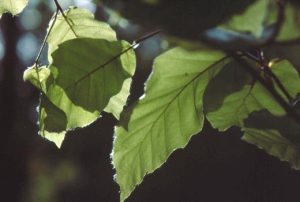 (1) In den vergangenen Jahren wurden im Auftrag der luxemburgischen Forstverwaltung (Administration des eaux et forêts) ca. 14.000 Vegetationsaufnahmen in naturnahen Waldbeständen trockener Standorte angefertigt. Ziel der ersten Projektphase ist es, dieses Datenmaterial mit eigenen und bereits existierenden Vegetationsaufnahmen aus anderen Untersuchungen zu ergänzen, um eine vollständige Übersicht aller Waldgesellschaften in Luxemburg erarbeiten zu können. Die Ergebnisse sollen in Zusammenarbeit mit dem Musée national d’histoire naturelle sowie der Administration des eaux et forêts in einer Monographie publiziert werden.
(1) In den vergangenen Jahren wurden im Auftrag der luxemburgischen Forstverwaltung (Administration des eaux et forêts) ca. 14.000 Vegetationsaufnahmen in naturnahen Waldbeständen trockener Standorte angefertigt. Ziel der ersten Projektphase ist es, dieses Datenmaterial mit eigenen und bereits existierenden Vegetationsaufnahmen aus anderen Untersuchungen zu ergänzen, um eine vollständige Übersicht aller Waldgesellschaften in Luxemburg erarbeiten zu können. Die Ergebnisse sollen in Zusammenarbeit mit dem Musée national d’histoire naturelle sowie der Administration des eaux et forêts in einer Monographie publiziert werden.
(2) In einer zweiten Projektphase werden die Auswirkungen möglicher Klimaveränderungen auf den Wuchs (Dilatationswachstum) ausgewählter Baumarten (Fagus sylvatica und Quercus petraea) untersucht. Mit Hilfe dendrochronologischer Analysen soll untersucht werden, wie sich das Dickenwachstum der genannten Baumarten während der vergangenen (ca.) 150 Jahre verändert hat beziehungsweise ob sich Veränderungen einzelner Klimafaktoren (wie z.B. Niederschlagsdefizit während der Vegetationsperiode) im Dilatationswachstum dieser Baumarten widerspiegeln. Dazu werden vorrangig Standorte betrachtet, auf denen Veränderungen in der Konkurrenzdynamik zwischen Buche und Eiche am ehesten zu erwarten sind. Dies sind Böden aus Sandstein mit relativ geringmächtigen Humushorizonten (z.B. Ranker), also mit vergleichsweise geringer Wasserkapazität.
Status des Postdocs
Betreuung an der Uni: Prof. Dr. Werner Härdtle, Universität Lüneburg
Betreuung in Luxembourg: Dr. Christian Ries, MNHNL
Das Postdoc-Forschungsprojekt wird durch das luxemburgische Ministerium für Kultur, Hochschulwesen und Forschung gefördert. Laufzeit: 2 Jahre (01.08.2006 – 31.07.2008). Das Projekt läuft in Zusammenarbeit mit der Forstverwaltung (Administration des eaux et forêts) und dem Ingenieurbüro EFOR Ingénieurs-Conseils.
Eine Monographie über die Vegetation der Wälder Luxemburgs ist zur Veröffentlichung in die Reihe Ferrantia im November 2008 eingereicht worden.
Die dendrochronologischen Analysen werden im Rahmen eines gemeinsamen Projektes der Uni Lüneburg und des naturhistorischen Museums durchgeführt. Laufzeit: 1 Jahr (2008-2009).
Kontakt
Dr. Thomas Niemeyer
Universität Lüneburg
Institut für Ökologie und Umweltchemie
Scharnhorststr.1
D-21332 Lüneburg
phone: +049 (0) 4131 677-2857
fax: +049 (0) 4131 677-2808
thomas.niemeyer[at]uni-lueneburg.de
Musée national d’histoire naturelle
Centre de recherche scientifique
Laboratoire d’écologie
24, rue Münster
L-2160 Luxembourg
Publikationen
HÄRDTLE, W., NIEMEYER, T., ASSMANN, T., MEYER, H. & OHEIMB, V.G. (2006). Can prescribed burning compensate for atmospheric nutrient loads in wet heathlands? Phytocoenologia (accepted).
NIEMEYER, M., NIEMEYER, T., MOHAMED, A., FOTTNER, S. & HÄRDTLE, W. (2006). Impact of sod-cutting and choppering on nutrient budgets of dry heathlands. Biological Conservation: (in press)
MOHAMED, A., HÄRDTLE, W., JIRIJAHN, B., NIEMEYER, T. & OHEIMB, V.G. (2006). Effects of prescribed burning on plant available nutrients in dry heathland ecosystems. Plant Ecology: (in press).
HÄRDTLE, W., NIEMEYER, M., NIEMEYER, T., ASSMANN, T., FOTTNER, S. (2006). Can management compensate for atmospheric nutrient deposition in heathland ecosystems? Journal of Applied Ecology 43: 759-769.
NIEMEYER, T., NIEMEYER, M., MOHAMED, A, FOTTNER, S. & HÄRDTLE, W. (2005): Impact of prescribed burning on the nutrient balance of heathlands with particular reference to nitrogen and phosphorus. – Applied Vegetation Science 8: 183-192.
NIEMEYER, T., FOTTNER, S., MOHAMED, A., SIEBER, M. & HÄRDTLE, W. (2004): Einfluss kontrollierten Brennens auf die Nährstoffdynamik von Sand- und Moorheiden. – NNA-Berichte 17, 2: 65-79, Schneverdingen.
FOTTNER, S., NIEMEYER, T., SIEBER, M. & HÄRDTLE, W. (2004): Einfluss der Beweidung auf die Nährstoffdynamik von Sandheiden. – NNA-Berichte 17, 2: 80-91, Schneverdingen.
SIEBER, M., FOTTNER, S., NIEMEYER, T. & HÄRDTLE, W. (2004): Einfluss maschineller Pflegeverfahren auf die Nährstoffdynamik von Sandheiden. – NNA-Berichte 17, 2: 92-107, Schneverdingen.
FOTTNER, S., NIEMEYER, T., SIEBER, M. & HÄRDTLE, W. (2004): Zur kurzfristigen Vegetations-entwicklung auf Pflegeflächen in Sand und Moorheiden. – NNA-Berichte 17, 2: 126-136, Schneverdingen.
HÄRDTLE, W., FOTTNER, S., NIEMEYER, T., SIEBER, M. & MOHAMED, A. (2004): Nährelementaustrag aus Heideökosystemen durch verschiedene Pflegeverfahren – eine integrierende Betrachtung. – NNA-Berichte 17, 2: 123-125, Schneverdingen.
FOTTNER, S., NIEMEYER, T., SIEBER, M. & HÄRDTLE, W. (2004): Auswirkungen unterschiedlicher Pflegemaßnahmen auf die Stickstoffdynamik von Heideökosystemen in Nordwest-deutschland. – Schriftenreihe für Landschaftspflege und Naturschutz, Bonn – Bad Godesberg.
NIEMEYER, TH., FOTTNER, S., SIEBER, M., HÄRDTLE, W. (2003): Impact of different management practices on the nutrient dynamics in heathland (Lower Saxony, Germany).- In: Alfred Toepfer Akademy fo Nature Conservation (ed.): 8th European Heathland Workshop, Abstracts p. 23, Schneverdingen, Germany.
NIEMEYER, TH., SIEBER, M., WIEMERSLAGE, S. & HÄRDTLE, W. (2002): Impact of different methods of heathland management on the nutrient balance and vegetation dynamic. Ver. GfÖ 32: 129, Cottbus.
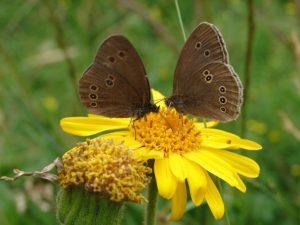
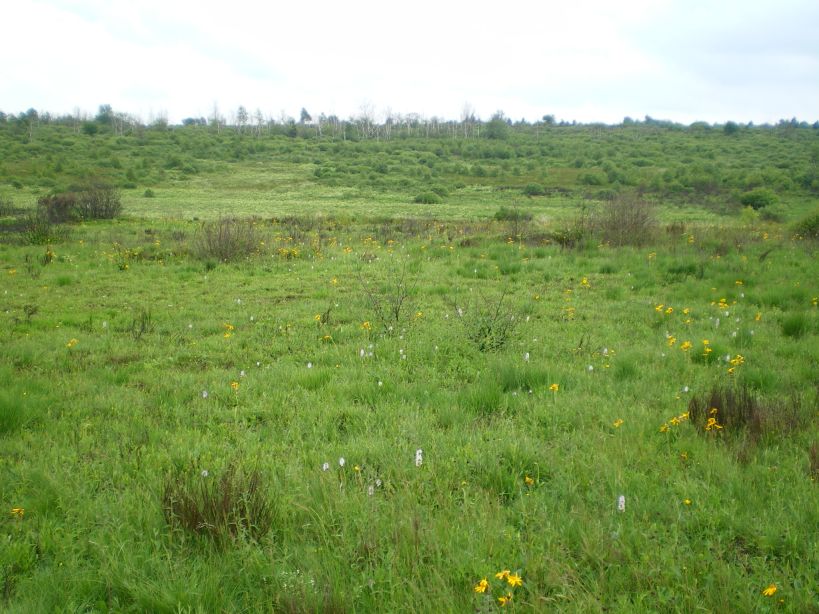

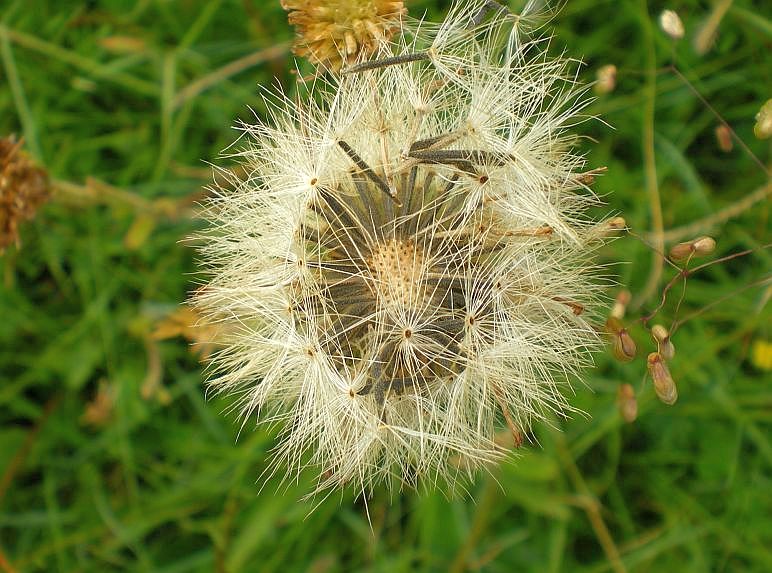
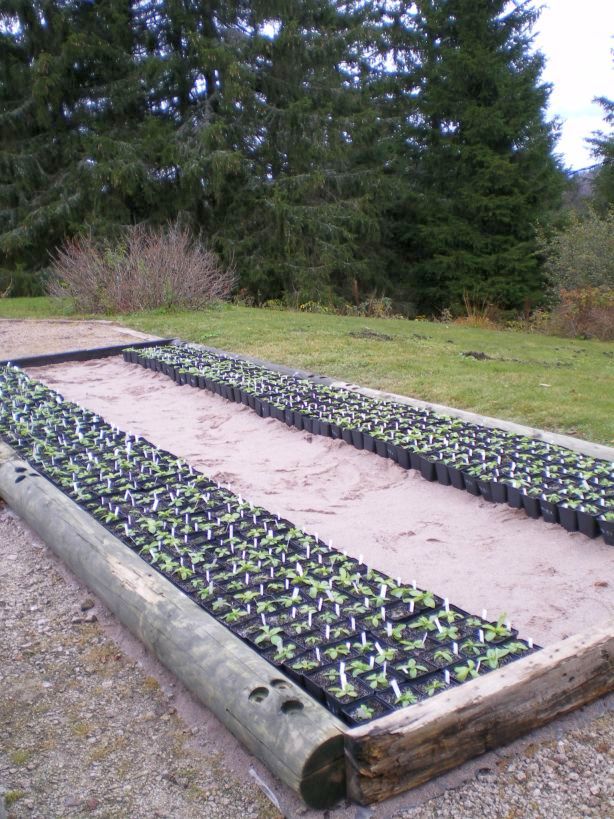

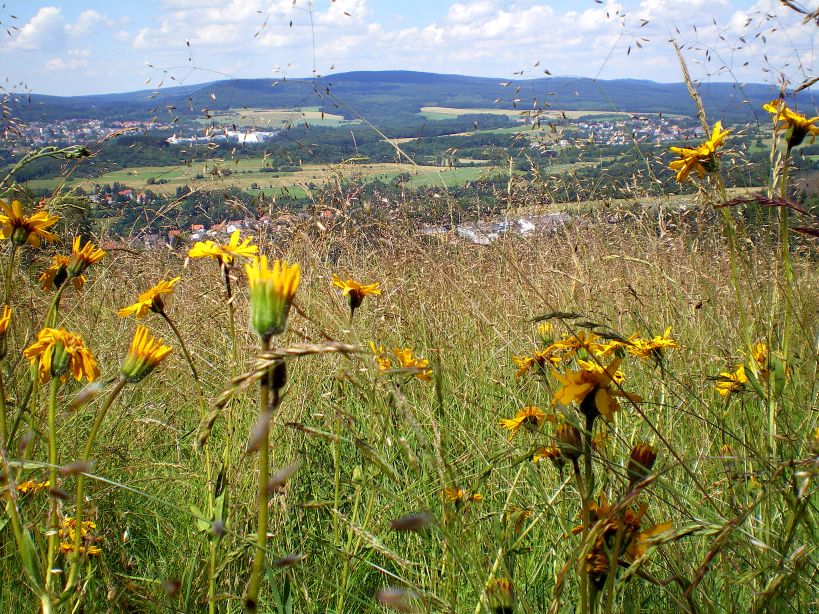


 Habitat fragmentation and habitat deterioration are considered to be the major reasons for the decline in the number of populations of many plant species, which are now often threatened with local extinction. Today, nutrient-poor calcareous grasslands are among the most threatened habitat types and often exist only as remnant islands in a matrix of unsuitable environment.
Habitat fragmentation and habitat deterioration are considered to be the major reasons for the decline in the number of populations of many plant species, which are now often threatened with local extinction. Today, nutrient-poor calcareous grasslands are among the most threatened habitat types and often exist only as remnant islands in a matrix of unsuitable environment.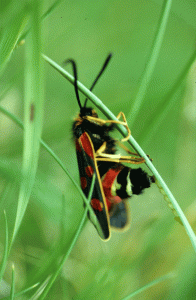
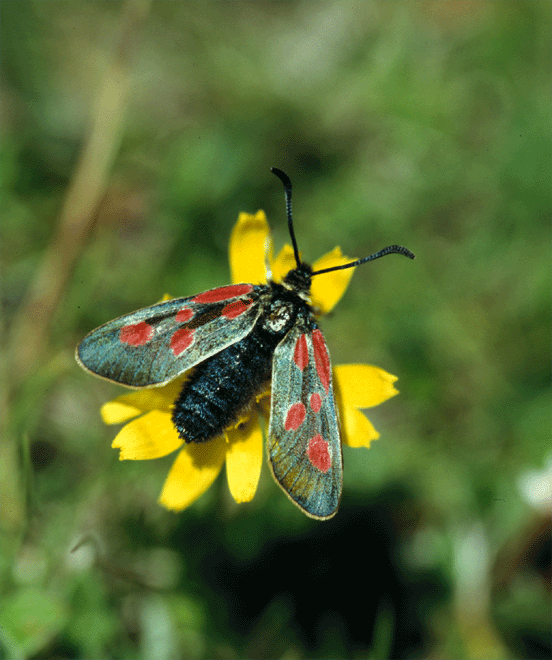
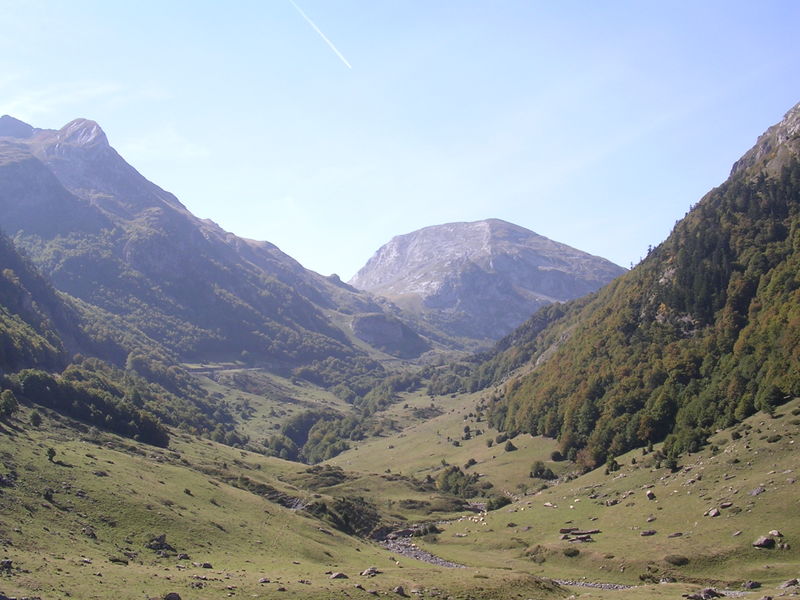

 (1) The past few years have seen the completion of 14.000 relevés of dry site, near-natural forests, all commissioned by the Luxembourg forest administration (Administration des eaux et forêts). In the first project phase these data will be complemented by material from our own relevés as well as from relevés performed in the course of other studies in order to create a complete survey of all forest plant communities in Luxembourg. The results will be published in a monography coedited by the Musée national d’histoire naturelle and the Administration des eaux et forêts.
(1) The past few years have seen the completion of 14.000 relevés of dry site, near-natural forests, all commissioned by the Luxembourg forest administration (Administration des eaux et forêts). In the first project phase these data will be complemented by material from our own relevés as well as from relevés performed in the course of other studies in order to create a complete survey of all forest plant communities in Luxembourg. The results will be published in a monography coedited by the Musée national d’histoire naturelle and the Administration des eaux et forêts. The butterfly species Lycaena helle and Parnassius apollo show similar distribution situations. L. helle represents a boreomontaneous species, which showed its maximal distribution over Europe during the early postglacial. Because of the climatic changes during the last thousands of years, this species extinct in most of the earlier distribution area in central Europe. Today, large populations are located in Scandinavia and the high European mountains, while some relict populations still exist in Europe (e.g. Ardennes, Eifel, Hohes Venn and Westerwald). The xeromontaneous butterfly species P. apollo shows similar distribution history like L. helle. That species is present over most parts of Scandinavia and the Alps and disappeared from most historical habitats in central Europe.Some relict populations (e.g. in the Mosel valley) are recently in a stable and vitale stage, which represent mostly subspecies. Both species are selected to test phylogeographic and nature conservation genetic scenarios. Modern moleculargenetic markers enable to analyse the genetic structure over the European distribution area (molecular taxonomy, phylogeography and molecular biogeography) as well as conservation genetic aspects (habitat isolation, minimum viable population size, genetic depressions) in a smaller spacial scale. The selected molecular markers (detection of mikrosatellite-DNA and sequencing of mtDNA) enable us to analyse individuals, collected in earlier times. With the subspecies P. apollo viningensis, a genetic time series over the last decades will show us potential genetic depressions during the 70s; during this periode many populations of this species declined because of the intensive use of pesticides, which could lead to population bottlenecks. In the case of P. apollo vinningensis, morphometric analyses (fluctuating assymetry) will complete and verify our genetic data set.
The butterfly species Lycaena helle and Parnassius apollo show similar distribution situations. L. helle represents a boreomontaneous species, which showed its maximal distribution over Europe during the early postglacial. Because of the climatic changes during the last thousands of years, this species extinct in most of the earlier distribution area in central Europe. Today, large populations are located in Scandinavia and the high European mountains, while some relict populations still exist in Europe (e.g. Ardennes, Eifel, Hohes Venn and Westerwald). The xeromontaneous butterfly species P. apollo shows similar distribution history like L. helle. That species is present over most parts of Scandinavia and the Alps and disappeared from most historical habitats in central Europe.Some relict populations (e.g. in the Mosel valley) are recently in a stable and vitale stage, which represent mostly subspecies. Both species are selected to test phylogeographic and nature conservation genetic scenarios. Modern moleculargenetic markers enable to analyse the genetic structure over the European distribution area (molecular taxonomy, phylogeography and molecular biogeography) as well as conservation genetic aspects (habitat isolation, minimum viable population size, genetic depressions) in a smaller spacial scale. The selected molecular markers (detection of mikrosatellite-DNA and sequencing of mtDNA) enable us to analyse individuals, collected in earlier times. With the subspecies P. apollo viningensis, a genetic time series over the last decades will show us potential genetic depressions during the 70s; during this periode many populations of this species declined because of the intensive use of pesticides, which could lead to population bottlenecks. In the case of P. apollo vinningensis, morphometric analyses (fluctuating assymetry) will complete and verify our genetic data set.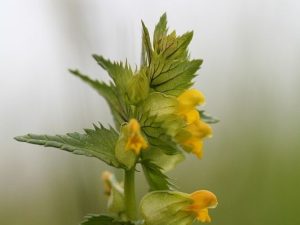 Erstmalig wird ein Überblick über die Graslandvegetation Luxemburgs erstellt. Hierzu wird sämtliches vorhandene Datenmaterial ausgewertet und synthetisiert. Eventuell identifizierte Lücken werden durch zusätzliche Erhebungen geschlossen.
Erstmalig wird ein Überblick über die Graslandvegetation Luxemburgs erstellt. Hierzu wird sämtliches vorhandene Datenmaterial ausgewertet und synthetisiert. Eventuell identifizierte Lücken werden durch zusätzliche Erhebungen geschlossen.